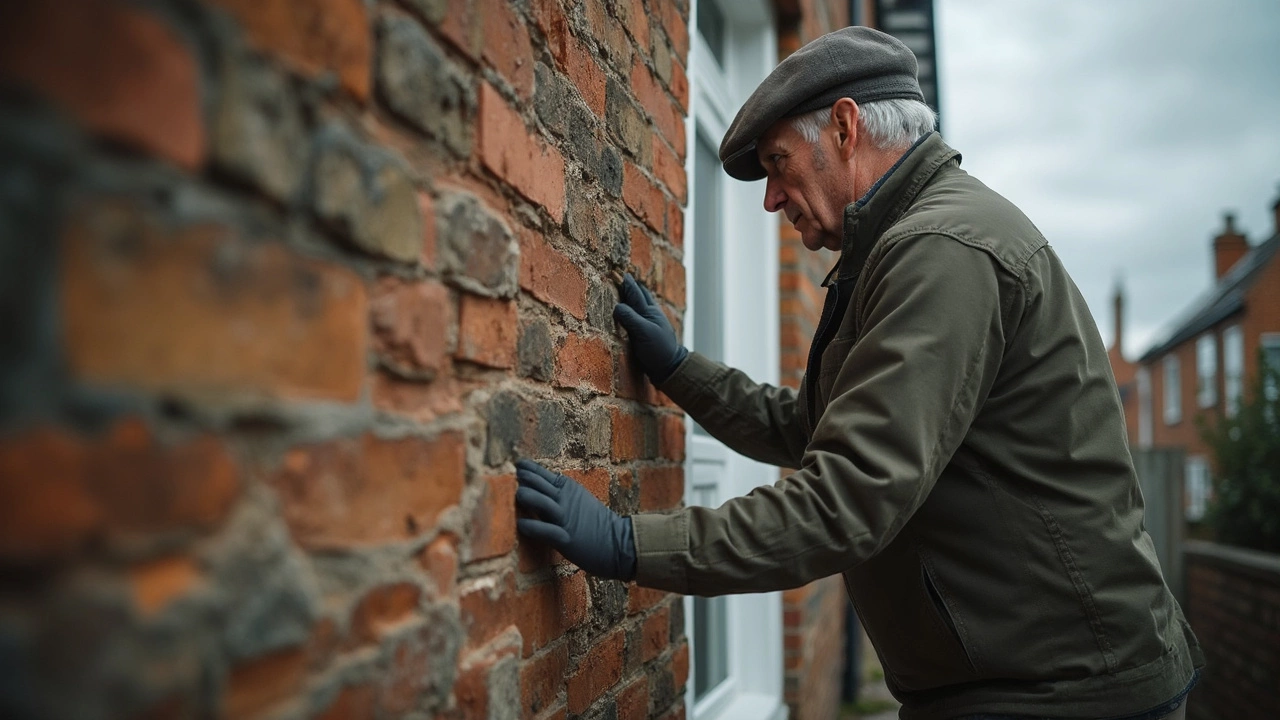Wondering if your home needs major foundation repair? This in-depth article breaks down what counts as major, which signs signal big trouble, and what homeowners can expect from the repair process. You'll learn about repair types, costs, timelines, and some surprising facts every homeowner should know. Don't gamble with your home's most important support—discover the concrete realities of foundation fixes.
Home Foundation Problems – What to Look For and How to Fix Them
Every house sits on a foundation. If that base starts to shift, the whole home feels it. You don’t need a engineering degree to know when something’s wrong – just a few simple checks and a bit of common sense.
Common Signs Your Foundation Is Trouble
Notice cracks in walls or floors? That’s a red flag. Look for diagonal cracks that start near windows or doors, and especially any that keep getting longer. Sticking doors or windows are another clue – the frame is moving, not the hardware.
Uneven floors give away a settling foundation. If a rug rides up on one side or you see a gap between the floor and baseboard, the floor might be dipping. Outside, check the soil around the house. Pooling water, soggy spots, or a noticeable slope toward the home means water is pushing the foundation.
Fixing and Preventing Foundation Issues
First, stop the water. Clean gutters, extend downspouts at least three feet away from the house, and make sure the ground slopes away from the foundation. Simple fixes like adding a French drain or a perimeter trench can keep moisture out.
If you see minor cracks, a DIY epoxy filler can seal them temporarily, but it won’t stop movement. For bigger problems – sinking slabs or large gaps – call a specialist. Common repair methods include piering (driving steel piers deep into stable soil) and slab jacking (pumping polymer under the slab to lift it).
Insurance often covers sudden damage, like a burst pipe that washes out the foundation, but many policies exclude slow‑moving issues caused by poor soil or drainage. Read your policy carefully and ask your insurer which scenarios are covered. In some cases, you can add a rider for foundation repairs.
Prevention is cheaper than repair. Keep heavy items off the crawl space, avoid planting large trees too close to the house (roots pull soil), and monitor the humidity inside. A dehumidifier in damp basements can reduce pressure on the walls.
When you suspect a problem, act fast. The longer a foundation shifts, the more expensive the fix becomes. A quick visual inspection, followed by a professional assessment, can save thousands.
